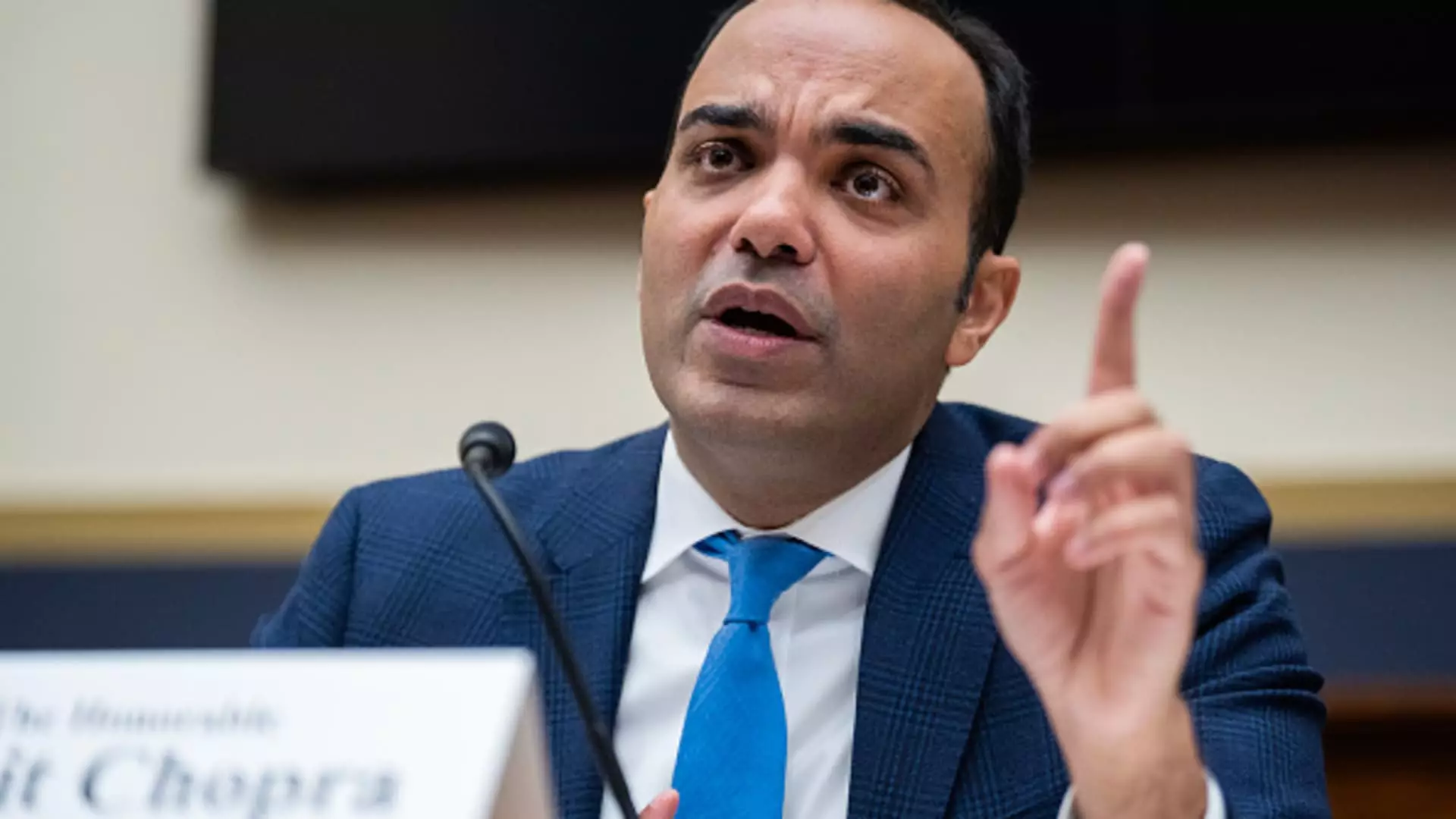The landscape of banking in the United States is undergoing a significant transformation with the recent announcement from the Consumer Financial Protection Bureau (CFPB) regarding new regulations on overdraft fees. Set to take effect on October 1, 2025, this ruling is projected to save American consumers approximately $5 billion each year. This article delves into the implications of these changes, the challenges they face, and the broader context of financial consumer protection.
Historically, overdraft fees have been a substantial revenue stream for banks, raking in around $280 billion since the year 2000. The average overdraft fee has hovered around $35 per transaction, creating a significant financial burden for customers who exceed their account balance. The new CFPB rule allows banks to impose a much lower flat fee of $5 or to keep costs transparent by charging a fee that reflects their lending expenditures. This dramatic shift represents an effort to curtail what many consider excessive and unwarranted fees that disproportionately affect low-income consumers.
CFPB Director Rohit Chopra articulated the essence of the new regulation, emphasizing the need to eliminate exploitation within the banking sector. “For far too long, the largest banks have exploited a legal loophole,” he stated, underscoring the detrimental impact of these fees on the financial wellbeing of millions of Americans. This crackdown on excessive fees marks a pivotal moment in consumer finance, aiming to restore fairness in banking practices.
Industry Pushback and Future Uncertainties
Despite the potential upsides for consumers, the CFPB’s rule does not come without resistance. Financial institutions have historically opposed sweeping regulatory changes, and this time is no different. Groups like the Consumer Bankers Association have already voiced their discontent, suggesting that limiting overdraft fees might restrict access to necessary financial services and push consumers toward more exploitative options, such as payday loans.
The fate of the new rule raises important questions, especially with the upcoming transition in presidential administration. The anticipated changes in leadership may lead to a reconsideration or outright repeal of consumer protections put in place during the Biden era. Looking ahead, the rule’s implementation is shrouded in uncertainty, as industry lobbyists have a track record of successfully halting regulatory initiatives.
Should the rule survive any legal or political challenges, its implementation could herald a seismic shift in how banks operate. The anticipated reduction in fees could enable consumers to save significant amounts of money over time. For many households already struggling with financial instability, this change could provide much-needed relief and improve access to financial services.
On the flip side, the banking industry must adapt to this new regulatory environment, rethinking their business models to offset the loss of revenue from overdraft fees. As some banks have already begun to reduce their fees or phase out overdraft services altogether, it will be interesting to see how others respond in a climate increasingly intolerant of excessive fees.
While the CFPB’s efforts align with a trend towards greater consumer protection, there is also a risk that such regulations could inadvertently push consumers towards alternative, potentially harmful financial products. Financial literacy and consumer education will be crucial in ensuring that individuals understand their options and navigate any consequences arising from these regulatory changes.
The CFPB’s new overdraft fee regulations represent a monumental advance towards fairer banking practices and a significant win for consumer rights. However, as the rule faces opposition amidst a politically charged backdrop, the broader implications of these changes remain to be seen. Consumers must remain aware and proactive in advocating for their financial interests, even as the landscape evolves. The path forward requires a cautious balance between effective regulation and ensuring continued access to essential financial services. Ultimately, the future of banking in America may hinge on the ability of regulators to champion consumer rights while encouraging responsible banking practices that benefit all stakeholders.


Leave a Reply